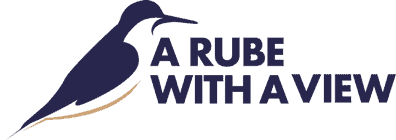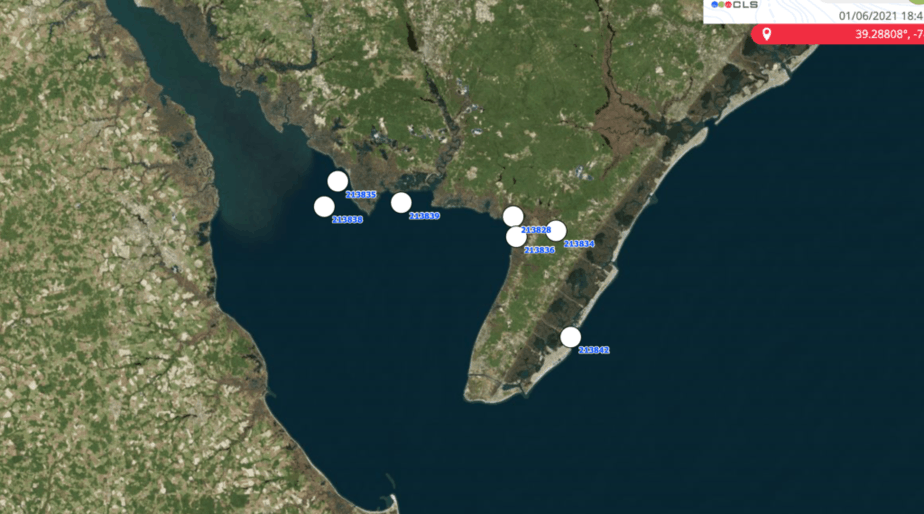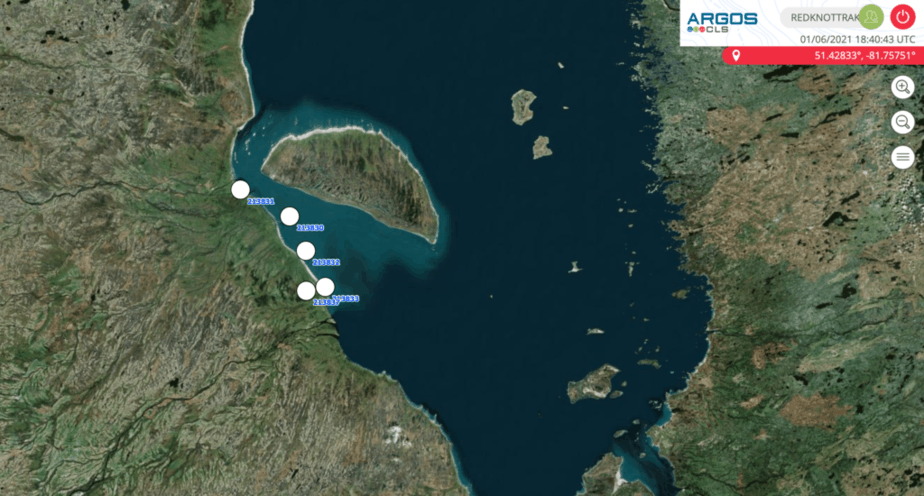previous update
Dear Team, I would like to close these updates with an appreciation of the birds, the volunteers, and the Team. I hope this all sends so it might take a few tries.
The bottom map shows the movements in the bay, and the key here is the nighttime locations in Stone Harbor and Egg Island, the two nighttime roosts for birds while in the bay. The middle map shows two birds moving to the great lakes where one was resighted and the top map showing the knots staging in James Bay. Is the Great Lake route new? Soon we will know where they will breed. More to come on this.
We made 3 or 4 catches for all three species and good weights to assess our main metric P180 or the proportion of birds that reach 180 grams and the comparable value for turnstones and sanderlings.. P180 should have been high this year with so few birds in the bay and good spawning by the crabs. Instead, it peaked at about 40%. Why? It’s hard to say because it is based on one catch of 72 birds. The most likely reason is the constant attacks by Peregrine Falcons, coming from the managed nests in the bay and in Stone Harbor. The continual threat emptied the main beaches in Reeds to Pierce despite high egg counts. The Division should remove these nests structures.
This year, stewards led by Larissa Smith from Conserve Wildlife protected the beaches and were vital in helping the public understand the lack of birds. They also helped protect Norbury’s landing and Moore’s Beach, important sites this year for birds trying to evade peregrines.
Our egg counters Susan Linder, Katy Mitchell, and Ivana are still counting eggs, and early results are promising. Strands of eggs appeared on most beaches by the end of the season giving any remaining birds a good lift. This year, our main resighters, Meghan Kolk with Conserve Wildlife, Riley Hafner from Stockton University, and Faith Zerbe from Delaware River Keeper kept at it to the bitter end, so we will have a great database from a tough flock to resight.
This year, Joanna led a new project with Grace assessing the stewardship project by interviewing both stewards and visitors to the Bayshore concentration areas. The support for our work was reflected by interviewees and buoyed the Team.
Charles and Wren mixed good fieldwork with good housework, both always ready to help with the tough jobs.
I know I speak on behalf of the entire Team that the meals provided by Jane Galetto’s Team at Citizens United gave everyone great pleasure. Despite the tough season, we kept our good cheer in no small part because we came home to good food. The High Noons helped too.
Stephanie and Alinda literally carried the ball for most of our field trips and provided youthful leadership in all things.
We missed you, our larger Team, and we look forward to another season, God willing.
Larry and the NJ Delaware Bay Shorebird Team





